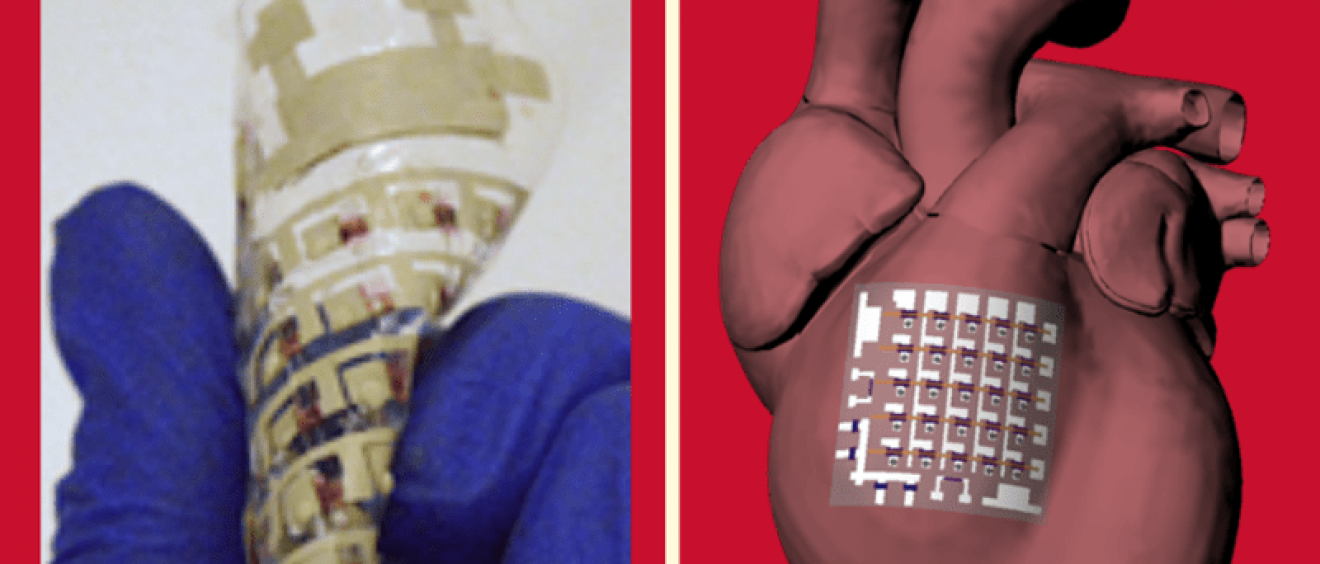
Implantable Device Can Monitor and Treat Heart Disease
Pacemakers and other implantable cardiac devices used to monitor and treat arrhythmia’s and other heart problems have generally had one of two drawbacks.
they are made with rigid materials that can’t move to accommodate a beating heart, or they are made from soft materials that can collect only a limited amount of information. Researchers led by a mechanical engineer from the University of Houston have reported in Nature Electronics a patch made from fully rubbery electronics that can be placed directly on the heart to collect electrophysiological activity, temperature, heartbeat and other indicators, all at the same time. Cunjiang Yu, Bill D. Cook Associate Professor of Mechanical Engineering at UH and corresponding author for the paper, said the device marks the first time bio electronics have been developed based on fully rubbery electronic materials that are compatible with heart tissue, allowing the device to solve the limitations of previous cardiac implants, which are mainly made out of rigid electronic materials.
In addition to the ability to simultaneously collect information from multiple locations on the heart – a characteristic known as spatiotemporal mapping – the device can harvest energy from the heart beating, allowing it to perform without an external power source. That allows it to not just track data for diagnostics and monitoring but to also offer therapeutic benefits such as electrical pacing and thermal ablation, the researchers reported. Yu is a leader in the development of fully rubbery electronics with sensing and other biological capabilities, including for use in robotic hands, skins and other devices. The cardiac bio electronics patch builds upon that with a material with mechanical properties that mimic cardiac tissue, allowing for a closer interface and reducing the risk that the implant could damage the heart muscle.
Source: printedelectronicsworld
